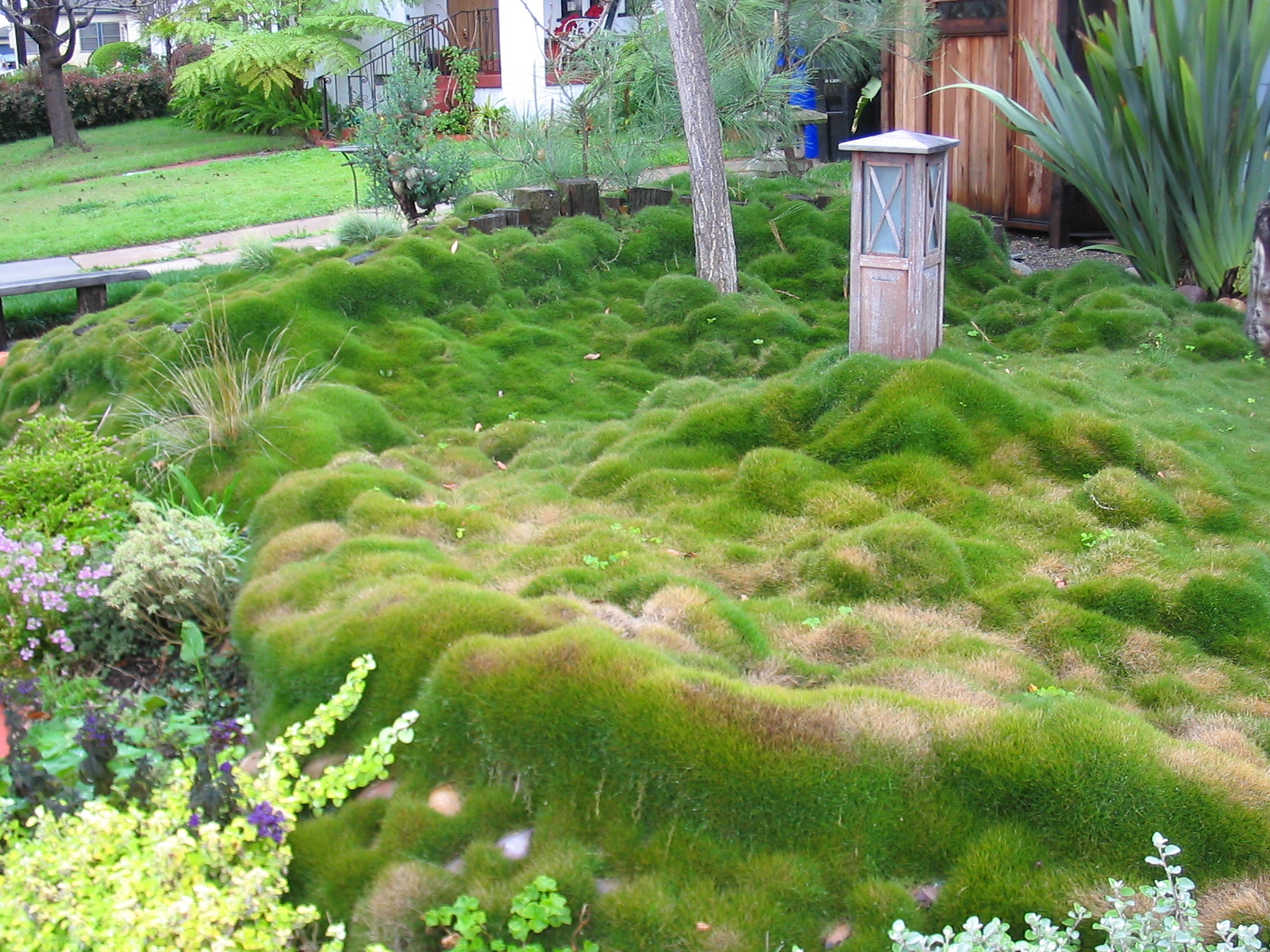Last Updated on
Homeowners commonly use zoysia grass throughout the southern parts of the United States. Transported to North America in the late 1800s, Zoysia grass is used in temperature zones ranging from hot and humid to cooler and drier areas. Zoysia grass also thrives in transitional climate zones. Transitional zones are areas that get cold enough to damage warm-season grasses but not cool enough to foster cool-season varieties either.
It is easy to see why homeowners may choose to use Zoysia grass on their lawns. Overseeding a yard will foster healthier future growth and a thicker lawn. A healthier and thicker lawn will prevent weeds from growing and bare spots from forming. Think of the process of overseeding as replacing older grass with newer and healthier blades. The overseeding process is a quick and easy way to achieve a beautiful lawn.
Steps to Overseed a Zoysia Lawn
Prepare the Lawn
Cut the existing Zoysia grass before overseeding. Mow the lawn approximately .25 of an inch lower than usual. Lowering the height of the existing grass will allow the seeds to have more contact with the soil once applied. It is important to bag the clippings to prevent more debris from sitting on top of the turf.
If the lawn has not been aerated, or if a layer of thatch exists, aerate the turf at this time. Aerating a Zoysia grass lawn will remove thatch and loosen the topsoil. Most big box stores rent aerators that vary in size. Aerating the turf before applying fresh seed will expose more soil, allowing for more seed to soil contact. Remove any remaining debris from the lawn. Pine straw, leaves, and sticks should be removed from the area.
Prepare the Soil
If a pH deficiency exists in the soil, the pH should be tested before overseeding. Zoysia grass thrives in soil with a pH between 6 and 7. Lime and Sulphur are two nutrients that can raise or lower the pH of the soil to correct an imbalance.
Topsoil, compost, or sand can be raked into the lawn prior to application. Never add more than a .25-inch layer of soil material to an existing Zoysia grass lawn. Adding soil to a lawn prior to overseeding will loosen the dirt. Looser dirt allows for more seed to soil contact along with water and nutrient retention.
Apply the Seed
Broadcast the seed onto the prepared turf. Using a handheld or push spreader, evenly spread the seed onto the soil at the prescribed rate. Pay extra attention to not cover the same areas more than once with seed. Uneven application can cause streaking and a rough look to the lawn.
Apply Fertilizer and Water
Zoysia grass prefers a fertilizer mix mainly consisting of nitrogen and potassium. Apply fertilizer to the lawn at the rate suggested by the manufacturer. Fertilizing a freshly overseeded lawn will help the seed to sprout and multiply. It is essential not to overfertilize Zoysia seed as fertilizer burn can kill seed and prohibit growth. Also,weed and feed products should not be applied to a freshly overseeded Zoysia lawn for at least eight weeks after seeding.
Water the Zoysia grass seed twice a day for the first ten days after planting. After germination has begun, watering can be reduced to once a day. After the first four to five weeks of growth, homeowners can reduce watering to three times a week. After four cuts with a lawnmower, the watering schedule can be that of more mature Zoysia grass or 1-1.15 inches per week.


Reply